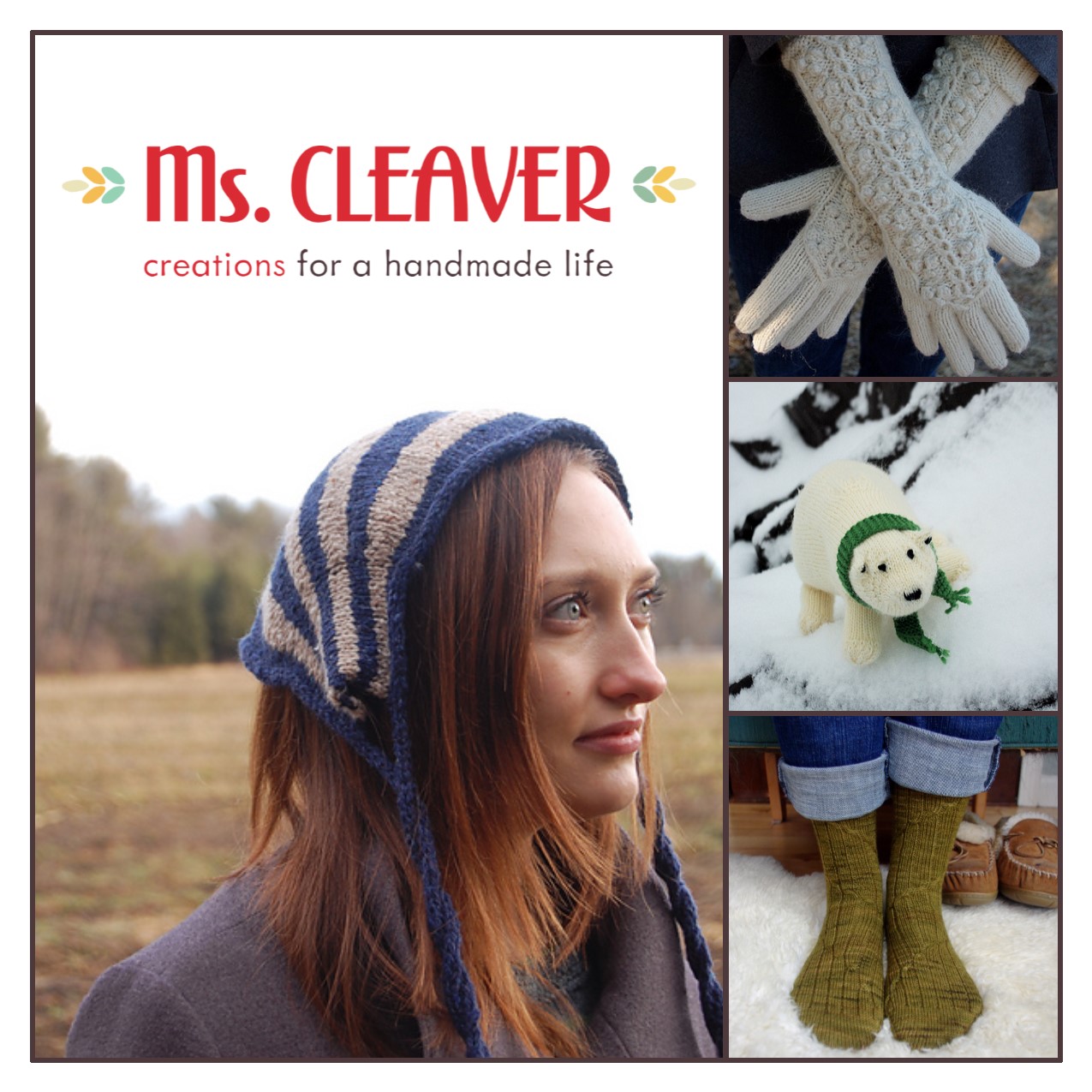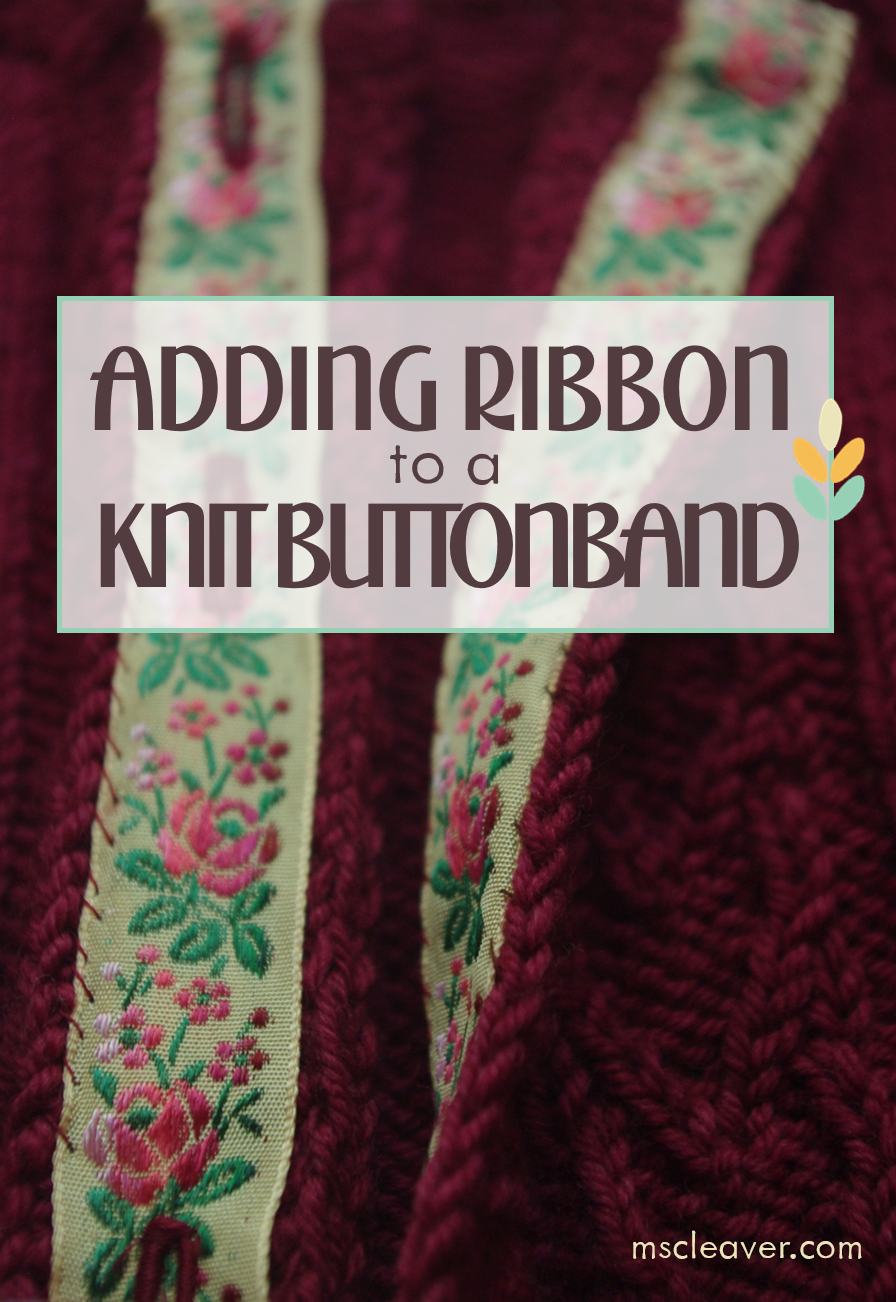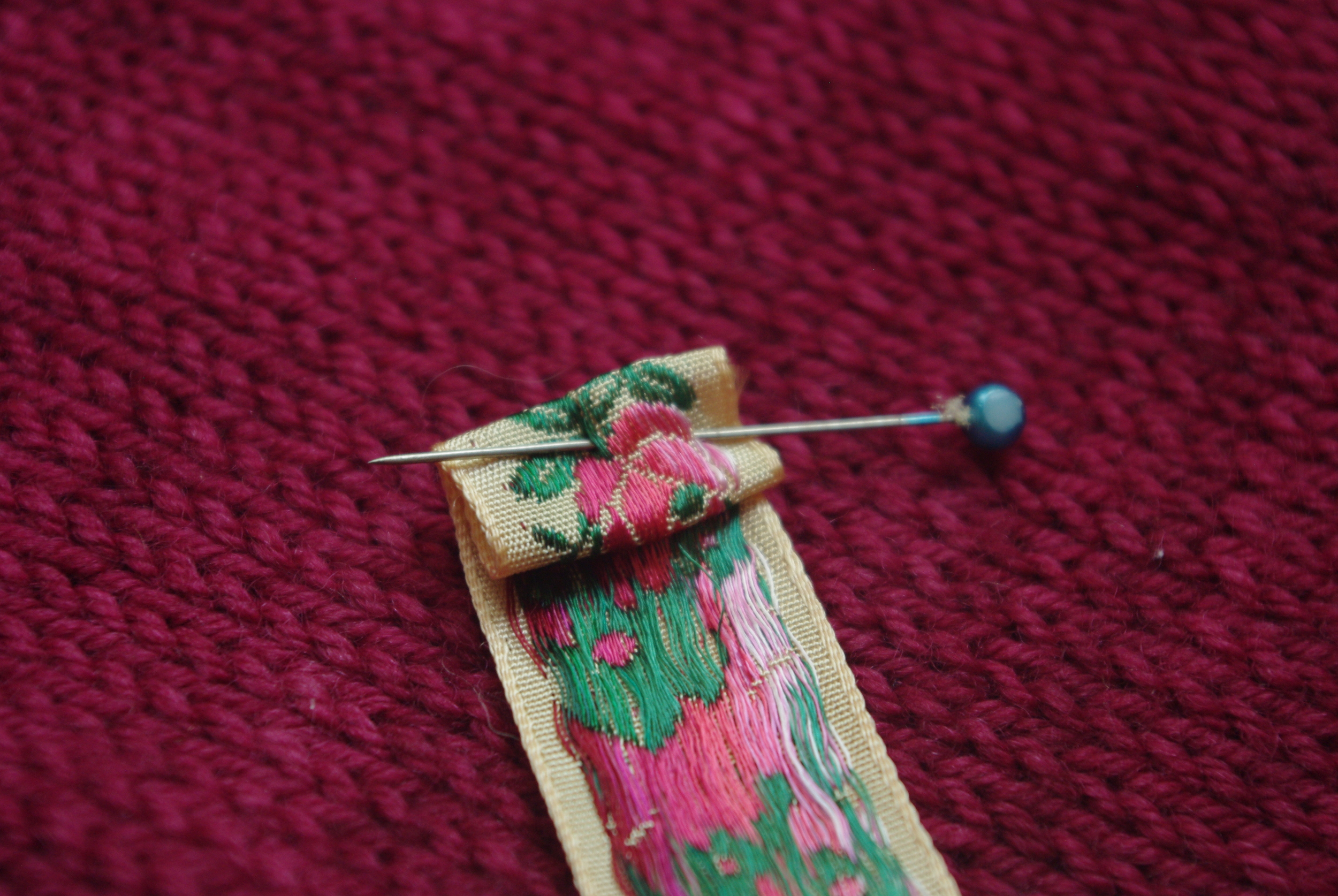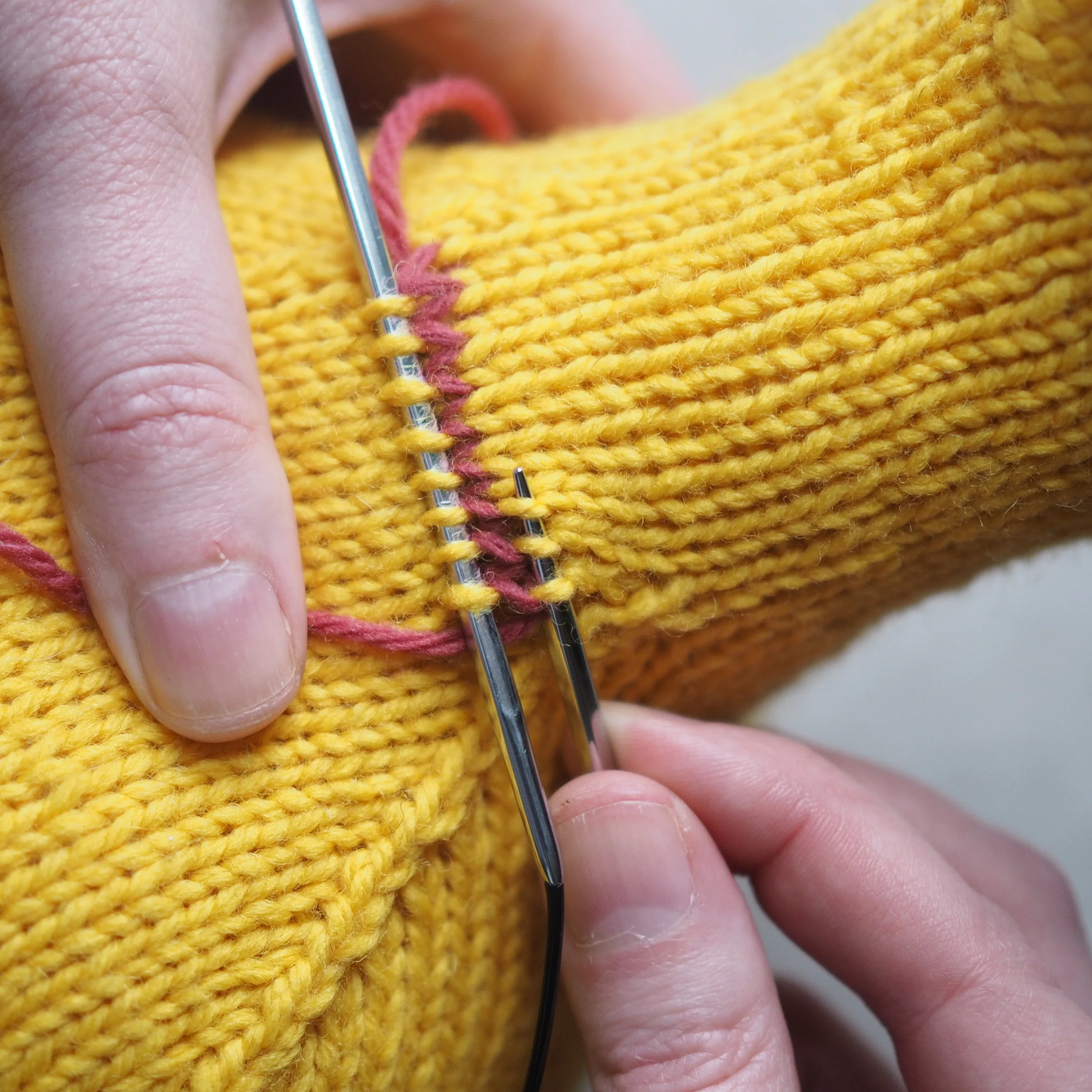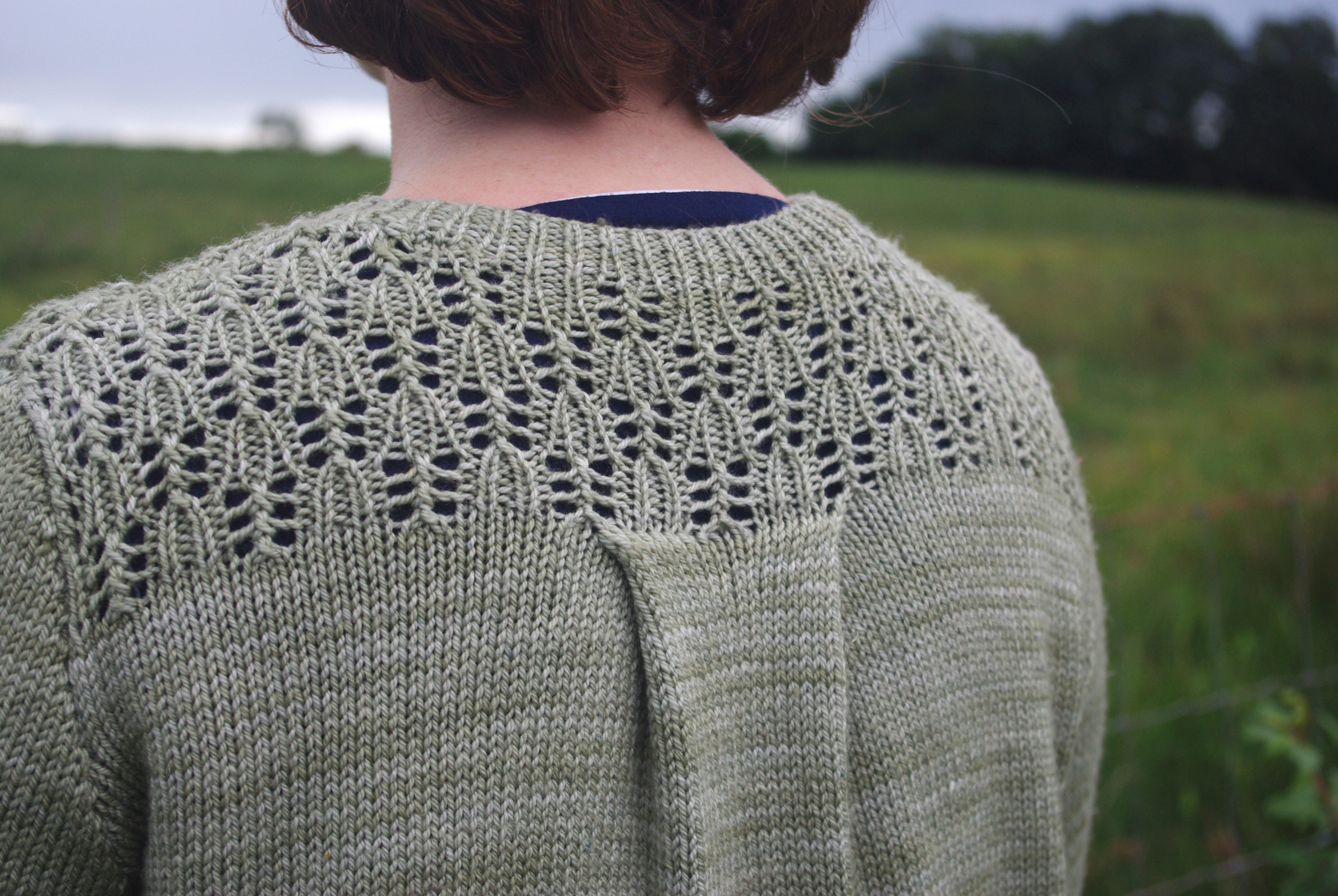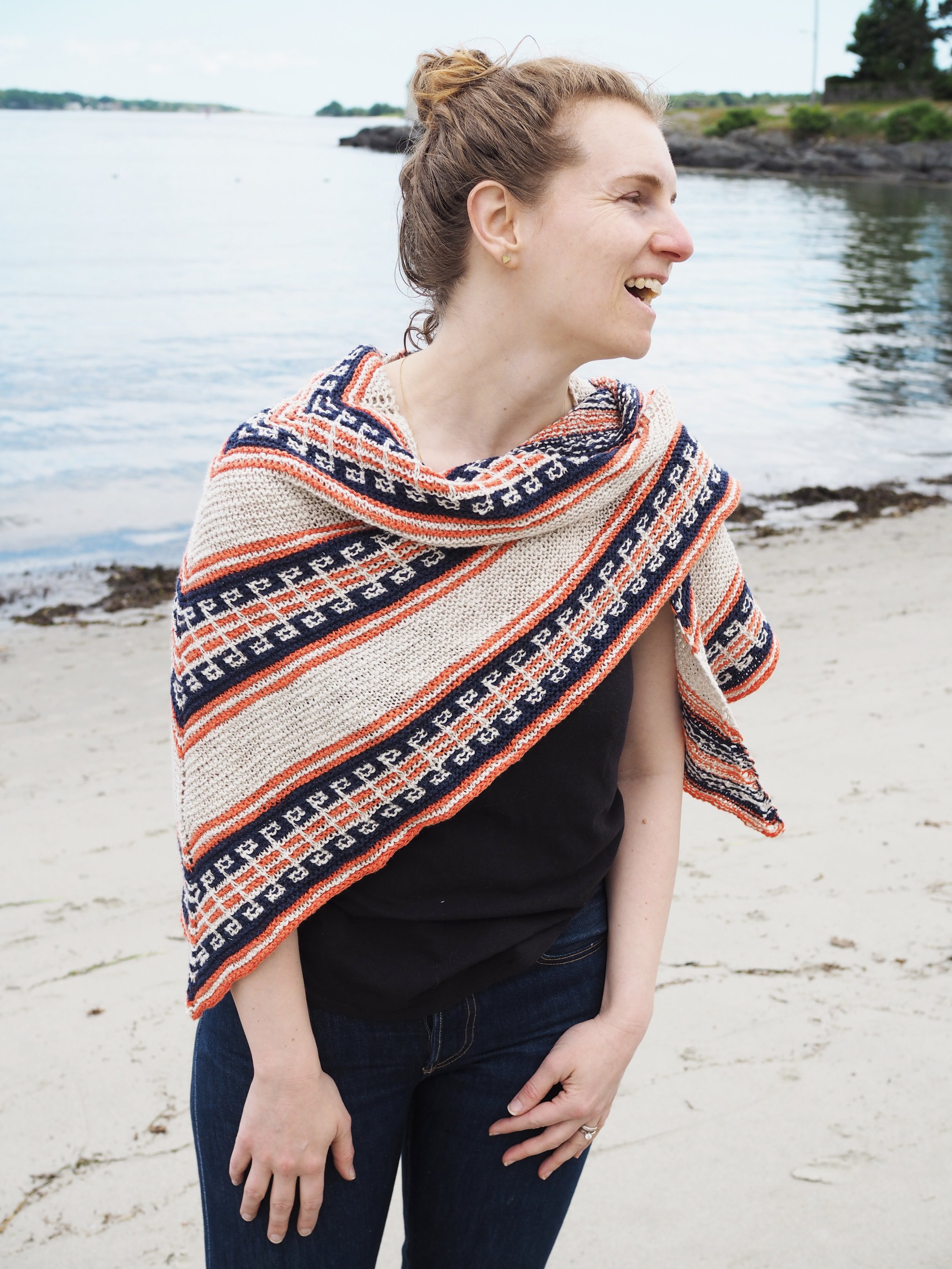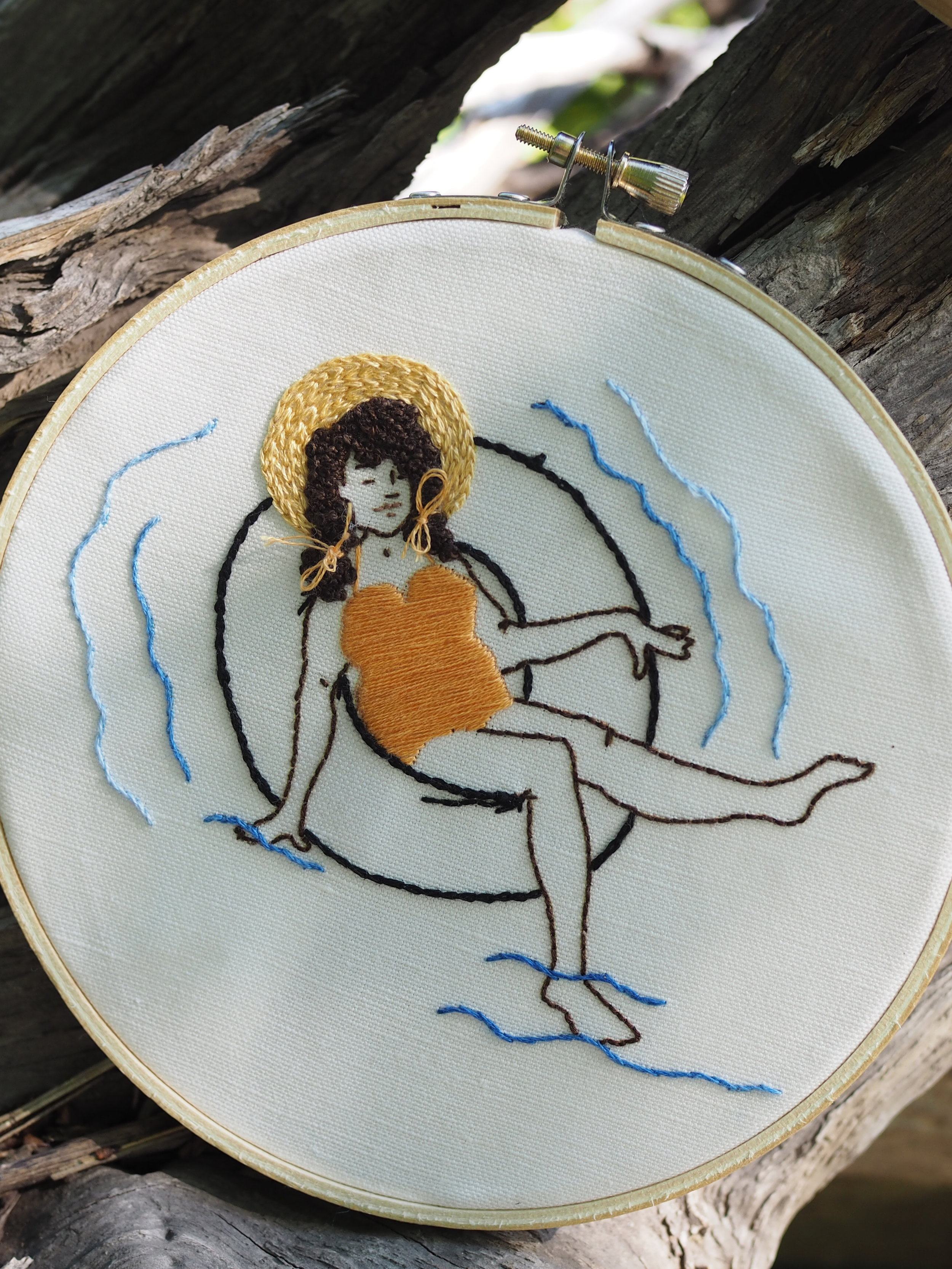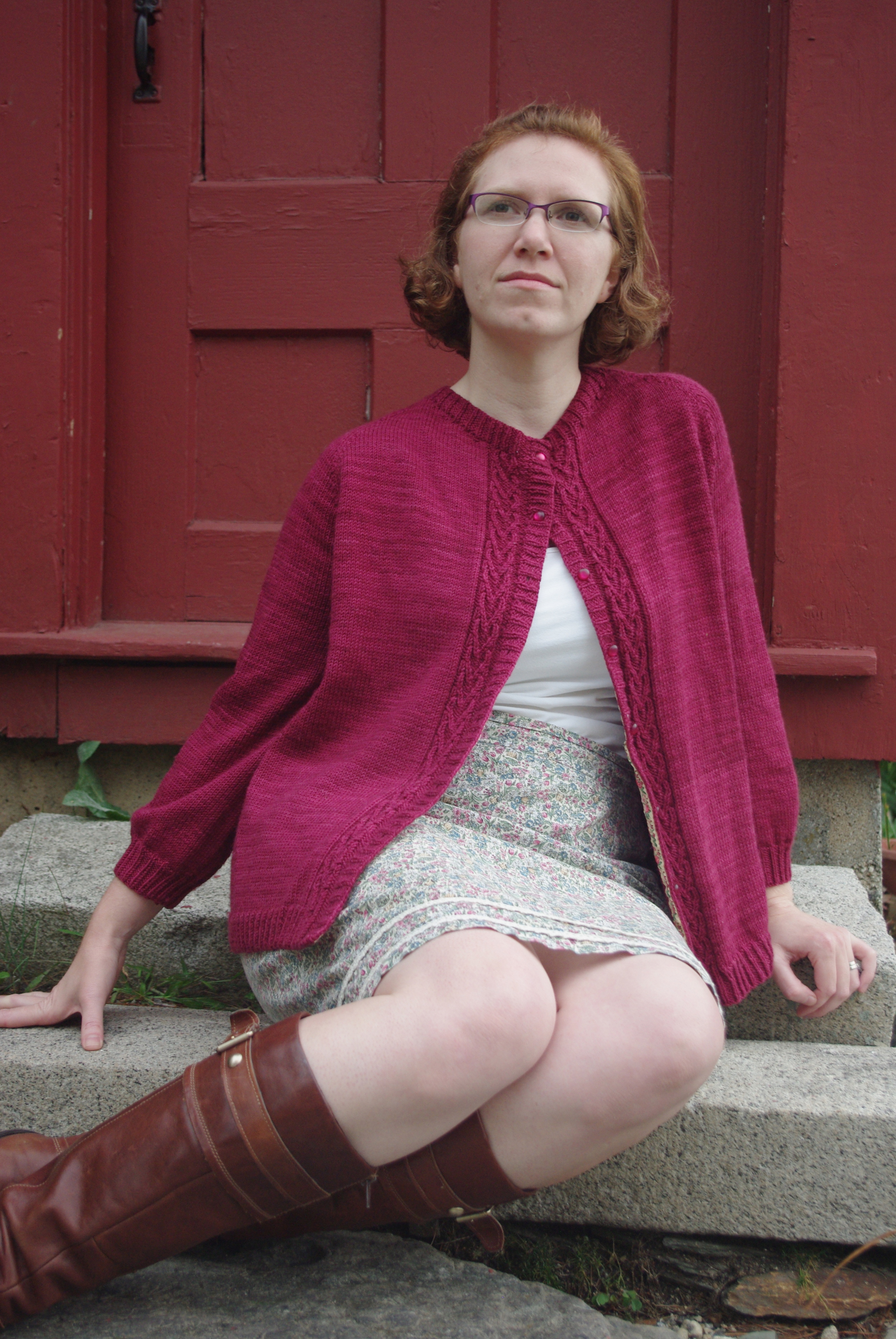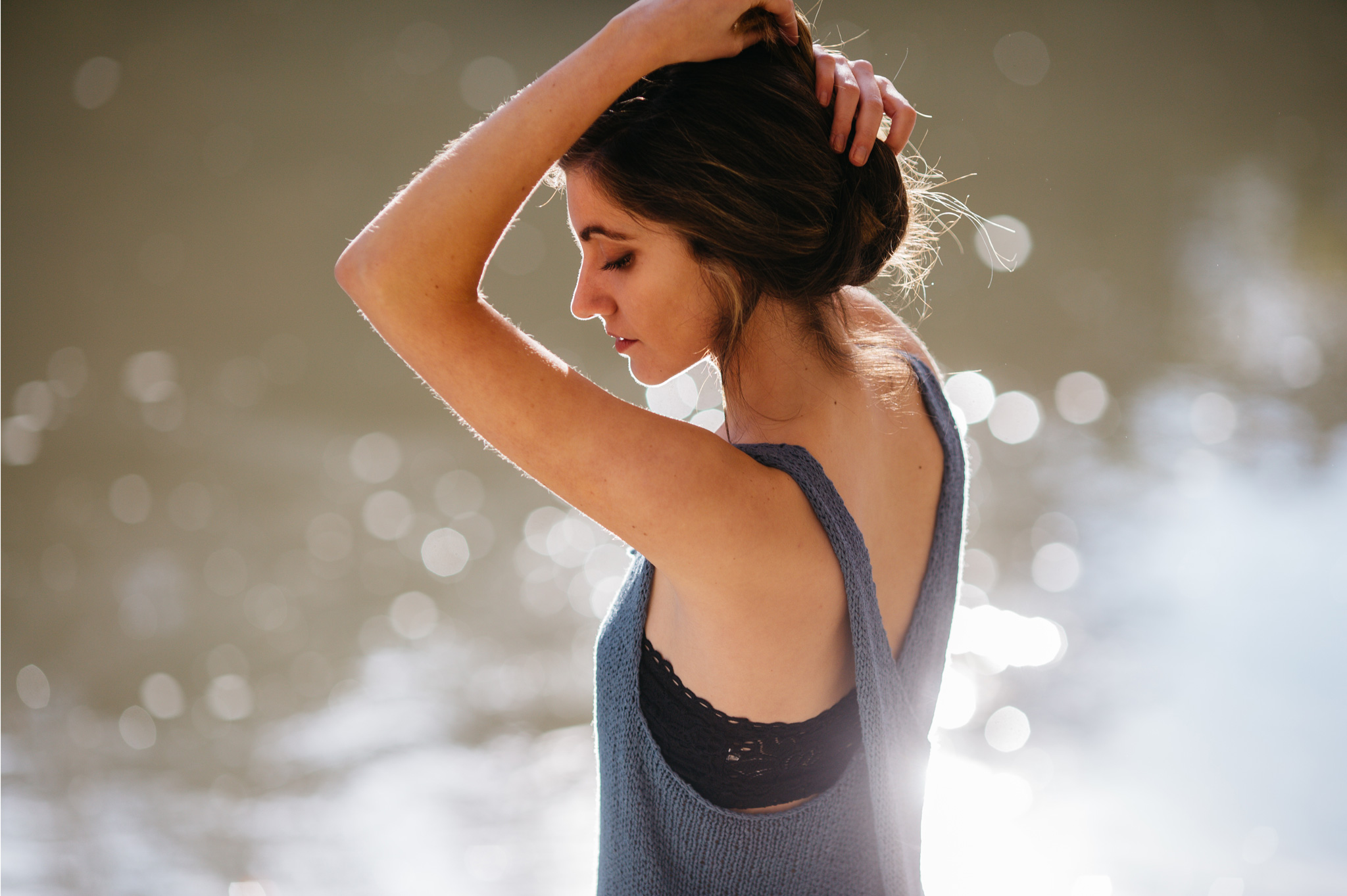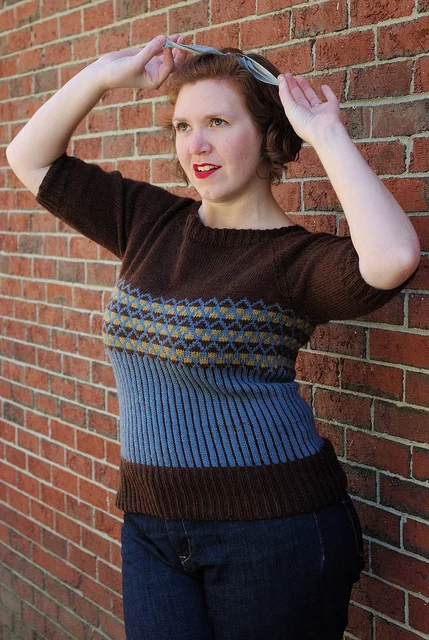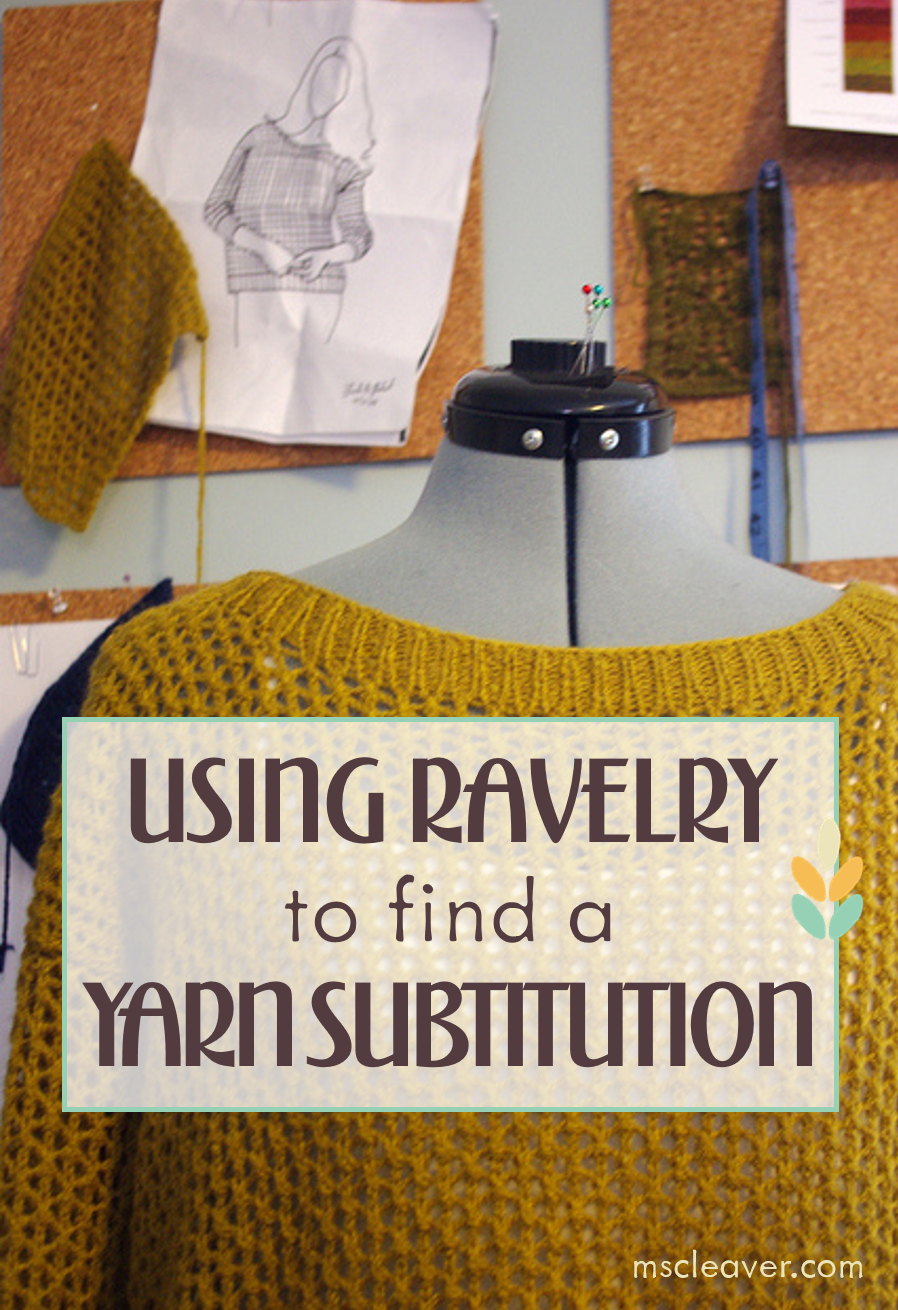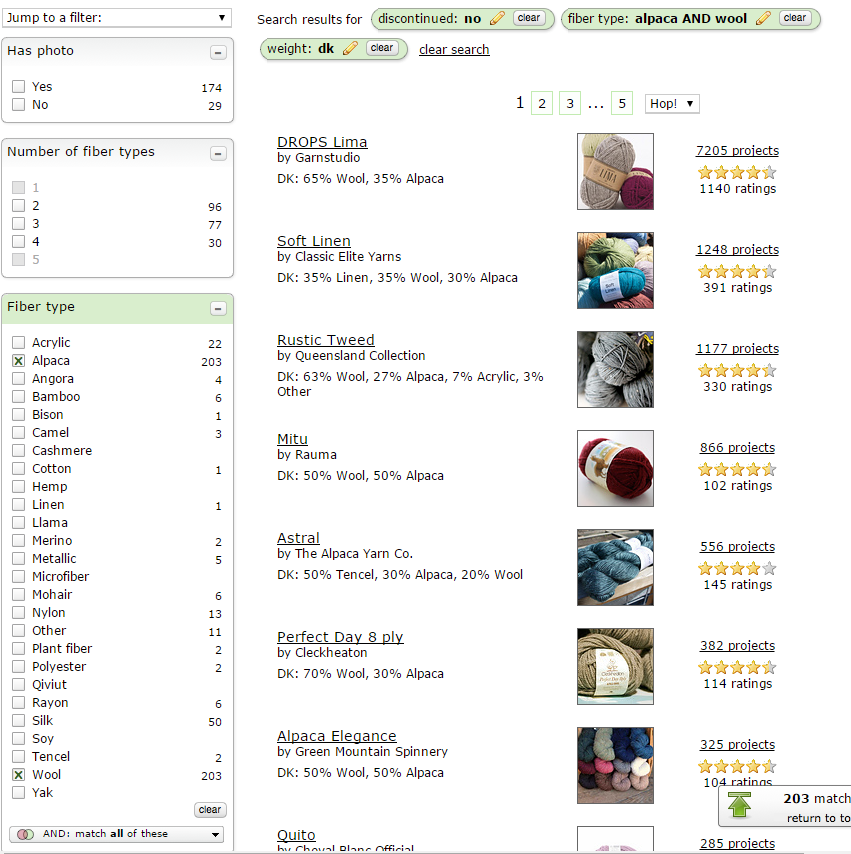Music has always been a big part of my life - singing in church as a child; piano, then harp lessons; choir and marching band in high school. It's been years since I've picked up a pair of cymbals, my harp is currently living in a closet with a half-dozen strings missing, and most of my singing occurs (quite loudly) in the car. Music is still a big part of my life, I just mostly sit on the appreciative side of the stage these days.
When I find a musician I like, I tend to be loyal for the long-haul. Like many people, I feel in love with the Marketa Irglova and Glen Hansard's music in the film Once. I was lucky enough to see them perform live as the Swell Season back when I lived in Chicago, I bought the second album on release day, and was saddened when the band broke up.
For some reason, I didn't pick up on their solo work right away, but when I caught wind of Marketa's second solo release Muna, I listened to a live stream online and was immediately hooked. The album was both lush and airy, and almost felt like sacred music (quoting the entirety of the Lord's Prayer in one of the songs helps). Even more, the album just felt like winter to me.
Long time followers of my design work know that Marketa has provided inspiration before, being the catalyst behind the Marketa Mitts I did as part of my Knitscene collection back in 2012. Once again, upon hearing the song "The Leading Bird", and more particularly, seeing the accompanying video, I was inspired.
With the Leading BIrd Shawl, I wanted to capture the mood of the video, which, to me, was both rustic and graceful. Quince & Co.'s alpaca/wool blend Owl, was perfect yarn match. The shawl itself is simple to knit. A half-circle with pi shaping means there's long stretches of simple knitting - making this a perfect on-the-go project. The lace details are worked as elongated stitches in the body and dropped stitches in the border, the with extra space created by dropped stitches giving the border a gentle ruffle-like quality.
A special shout out goes to Bristol Ivy, who provided some invaluable feedback when I was coming up with the border. Sometimes, simple is best.
The sample used ALL of 5 skeins (600 yds - worsted weight), so pick up an extra to be on the safe side.
The pattern is available for $6.00 USD from the following online shops:
Quince & Co. || Ms. Cleaver Creations || Ravelry
If you knit it and participate in social media, use #quinceleadingbird to share! I'd love to see your version!
Curious if I captured the feel of the song? Check out the video below and let me know if you think I got it!






